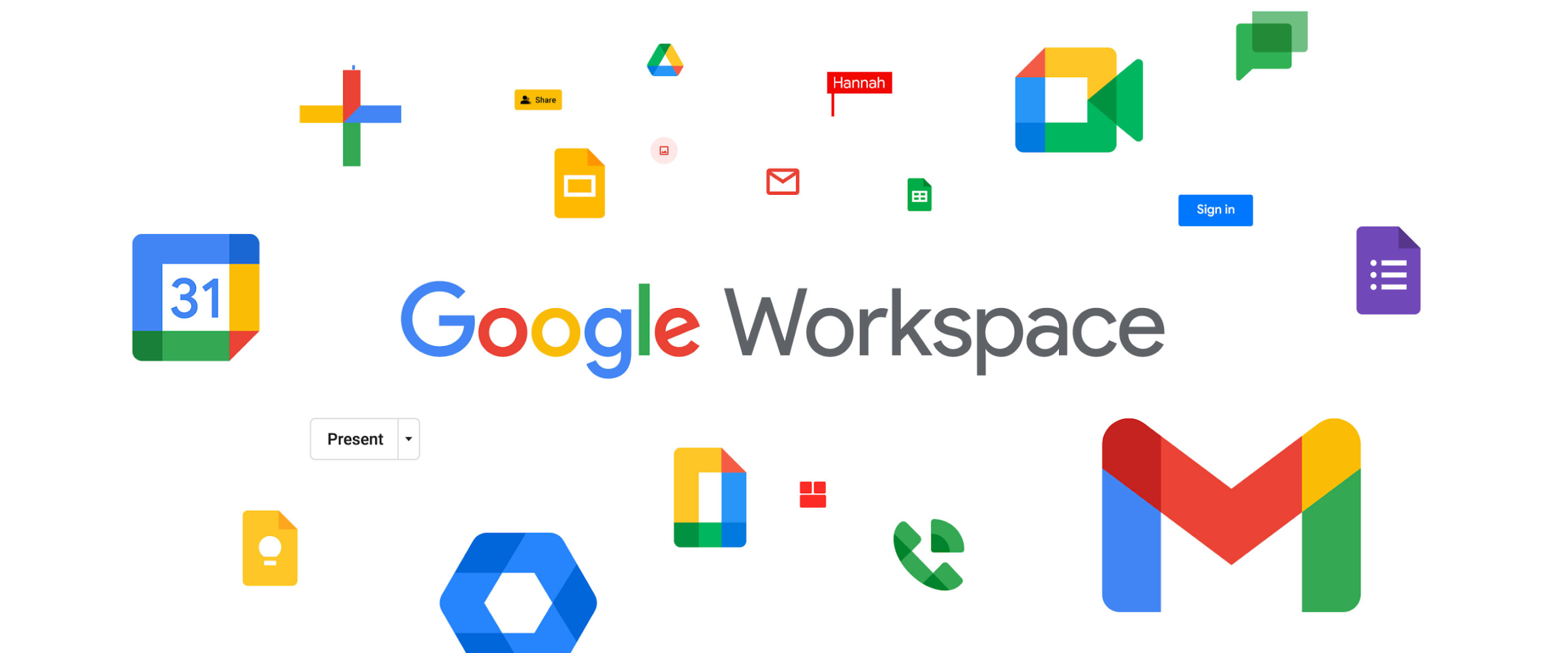Core User Administration
This involves creating user accounts, assigning licenses, and managing profiles. Each user has a unique email and password. You can set details like job department, phone number, and manager for the directory.
Onboarding and Offboarding
A critical process. Onboarding means provisioning accounts, adding to groups, and setting up drives. Offboarding is securing data when someone leaves. This includes resetting passwords, transferring files, and suspending accounts to retain data.
Groups Management
Groups are email lists for team collaboration. You manage members and set permissions. You control if external users can join, who can post, and if it’s a simple list or a collaborative inbox.
Security & Access Control
Two-Step Verification (2SV)
A fundamental security layer. It requires a password and a second verification step, like a phone prompt. Enforcing 2SV dramatically reduces the risk of account compromise.
SSO (Single Sign-On)
Allows users to log in with corporate credentials via SAML. Instead of a Google password, they use their existing company login. This centralizes control and improves security.
API Security Controls
Manage which third-party apps can access company data. You can whitelist trusted apps or block access to unverified ones. This prevents data leaks through malicious or risky applications.
Device Management
Mobile Management
You can manage smartphones and tablets that access company data. Enforce screen locks, encrypt devices, and remotely wipe corporate accounts if a device is lost or an employee leaves.
Endpoint Management
Manages computers (Windows, Mac, ChromeOS). You can enforce OS security settings, control disk encryption, and ensure devices meet security standards before granting access.
Data & Compliance
Data Loss Prevention (DLP)
Policies that scan emails and files for sensitive data like credit card numbers. It can automatically block outgoing emails or warn users before they share confidential information.
Audit Logs & Investigation
A powerful audit trail. Every user action is logged—email sent, file edited, login attempted. Admins can investigate security incidents, find deleted files, and monitor for suspicious activity.
Vault for eDiscovery
An archiving and legal compliance tool. It retains data even after users delete it. This is essential for responding to legal holds, audits, and internal investigations.
Application & Service Management
Core Service Settings
Admins control which Google apps are available. You can turn off less-used services like Google Currents or limit Google Meet features to specific groups.
Custom Settings & Policies
Tailor services to your needs. Set default sharing levels for new files, manage calendar resource sharing (like conference rooms), and configure email routing rules.
Reporting & Monitoring
Admin Console Reports
Dashboards provide insights into usage and security. View reports on active users, app usage, security alerts, and audit log events. This helps in planning and identifying issues.
Conclusion
Google Workspace management, presented in small paragraphs.
Effective Google Workspace management is the strategic foundation that unlocks the platform’s full potential. It moves beyond simple user creation to become a critical business function.
It is the disciplined practice of balancing productivity with security. Administrators empower users with powerful tools while implementing guardrails to protect sensitive company data.
The goal is to create a seamless, secure, and efficient digital environment. This involves meticulous planning around user lifecycles, data governance, and device policies.
Ultimately, strong management transforms Google Workspace from a suite of applications into a strategic asset. It ensures the platform is not just used but used wisely, safely, and effectively to support the organization’s goals.
